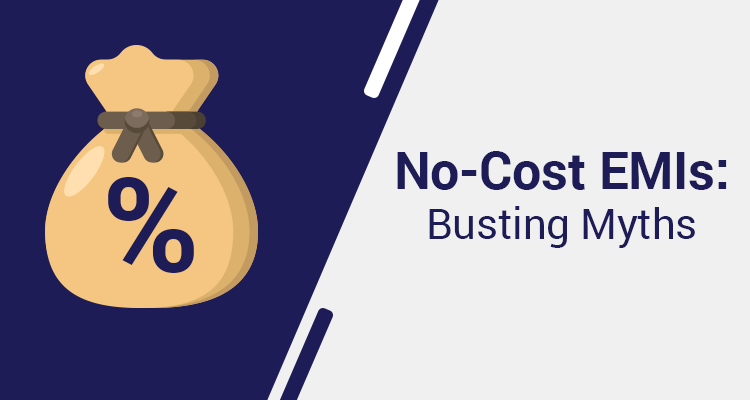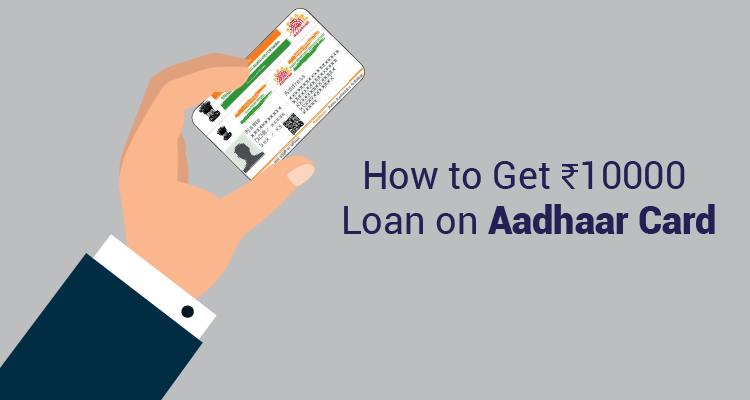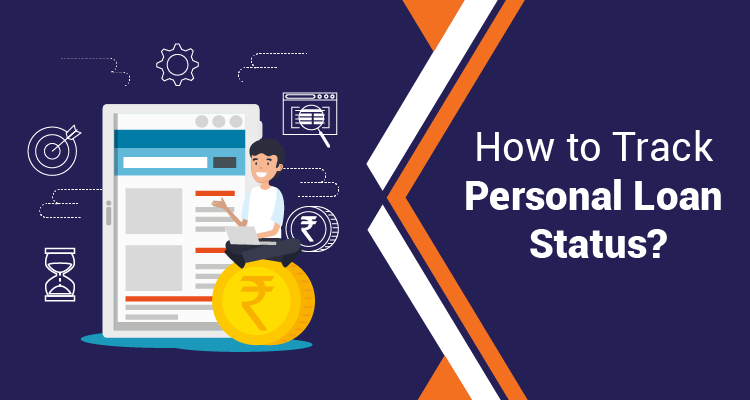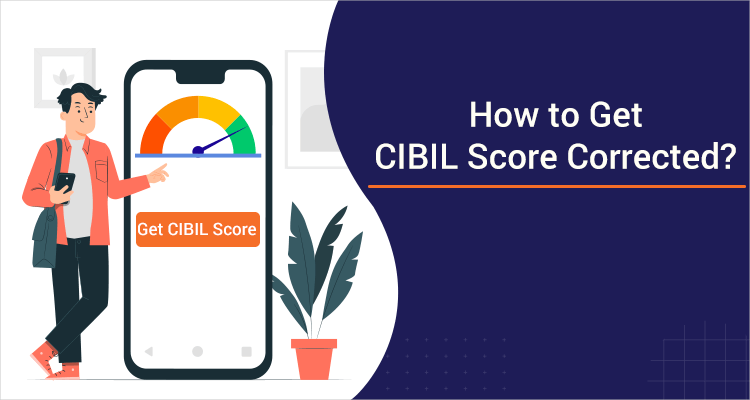No-Cost EMIs: Busting Myths

When it comes to retail in general and e-commerce in particular, the option to buy products using a ‘no-cost EMI’ has become very popular among Indians, of late.
In fact, a ‘no-cost EMI’ is perhaps the most popular option that e-commerce companies offer their customers, especially during the festive season to up their merchandise sales.
While EMIs in general help people buy more items as they reduce the immediate outgo on one’s pocket and stagger the repayments over a few months, no-cost EMIs promise to be even more lucrative, as they supposedly come with zero interest. Put simply, the no-cost EMI is marketed to suggest that a person does not have to bear any interest as part of the EMI that he or she will be required to pay.
But is that necessarily the case, or are no-cost EMIs more than meet the eye?
What Exactly Is A No-Cost EMI?
In a no-cost EMI, while the bank charges interest, an amount equal to the interest is given as an upfront discount to the customer. The discount is offered by the seller, who takes the hit, so that a sale can happen.
So, loans sold as no-cost EMIs are actually normal interest-bearing personal loans, as far as the lending bank or non-banking finance company (NBFC) is concerned.
But Are Such Loans Really No-Cost Even For The Customer?
Not quite. If a customer avails of a no-cost EMI from a bank or an NBFC via a credit or a debit card issued by them, he or she will not only have to pay a one-time processing fee but also the Goods and Services Tax (GST) on the EMI, every month.
But there is more that the customer may stand to lose. If the customer were to choose to pay the money upfront, he or she may be offered a discount by the retailer, which, in this case, gets nullified by the interest outgo. So, by availing of a no-cost EMI offer, the customer typically stands to miss out on a discount that may be offered on the full price of the product.
So, Is A No-Cost EMI A Bad Option For Everyone?
Of course not. If someone wants to make high-value purchases but does not have the money to pay upfront, a no-cost EMI can be a very good option, as it does limit the basic cost of purchase to the selling price.
Moreover, the upfront fees as well as the GST charges may not be particularly high in comparison to the actual value of the purchase.
How Is A No-Cost EMI Calculated?
Total Monthly installments = Total product price/EMI tenure in months
Zaroorat aapki. Personal Loan Humara
Apply NowFor example:
| Cost of a TV set | Rs. 30,000 |
| No-cost EMI discount offered | Rs. 638 |
| Bank interest charged every month on card | Rs. 638 |
| You Pay | Rs. 30,000 |
Now, the bank will initially charge Rs. 29,632 to the customer’s credit card. But after a few days, the amount will be revered and converted into EMIs.
This is how the EMI structure works for the example cited above:
| Monthly installment | Interest | Principal |
|---|---|---|
| 1st EMI Rs. 10,000 | Rs. 318 | Rs. 9,682 |
| 2nd EMI Rs. 10,000 | Rs. 213 | Rs. 9,787 |
| 3rd EMI Rs. 10,000 | ₹ 500/ + GST* | ₹ 500/ + GST* |
| Total= Rs. 30,000 | Rs. 638 | Rs. 29,362 |
Conclusion
While a no-cost EMI is not exactly no-cost for you as a customer, it may not be such a bad idea if you do not have money to pay upfront for bulk purchases that you may wish to make especially during the festive season.
While taking out personal loans for making high-value purchases, you should however trust only reputed lenders like IIFL Finance, which have a good standing in the market.
Not only do lenders like IIFL Finance offer personal loans at the best possible interest rates but also make the entire process—from application to repayment—an easy and hassle-free affair. IIFL Finance offers personal loans up to Rs 5 lakh through a fully online application process that can be completed within five minutes.
Zaroorat aapki. Personal Loan Humara
Apply NowDisclaimer : The information in this blog is for general purposes only and may change without notice. It does not constitute legal, tax, or financial advice. Readers should seek professional guidance and make decisions at their own discretion. IIFL Finance is not liable for any reliance on this content. Read more



